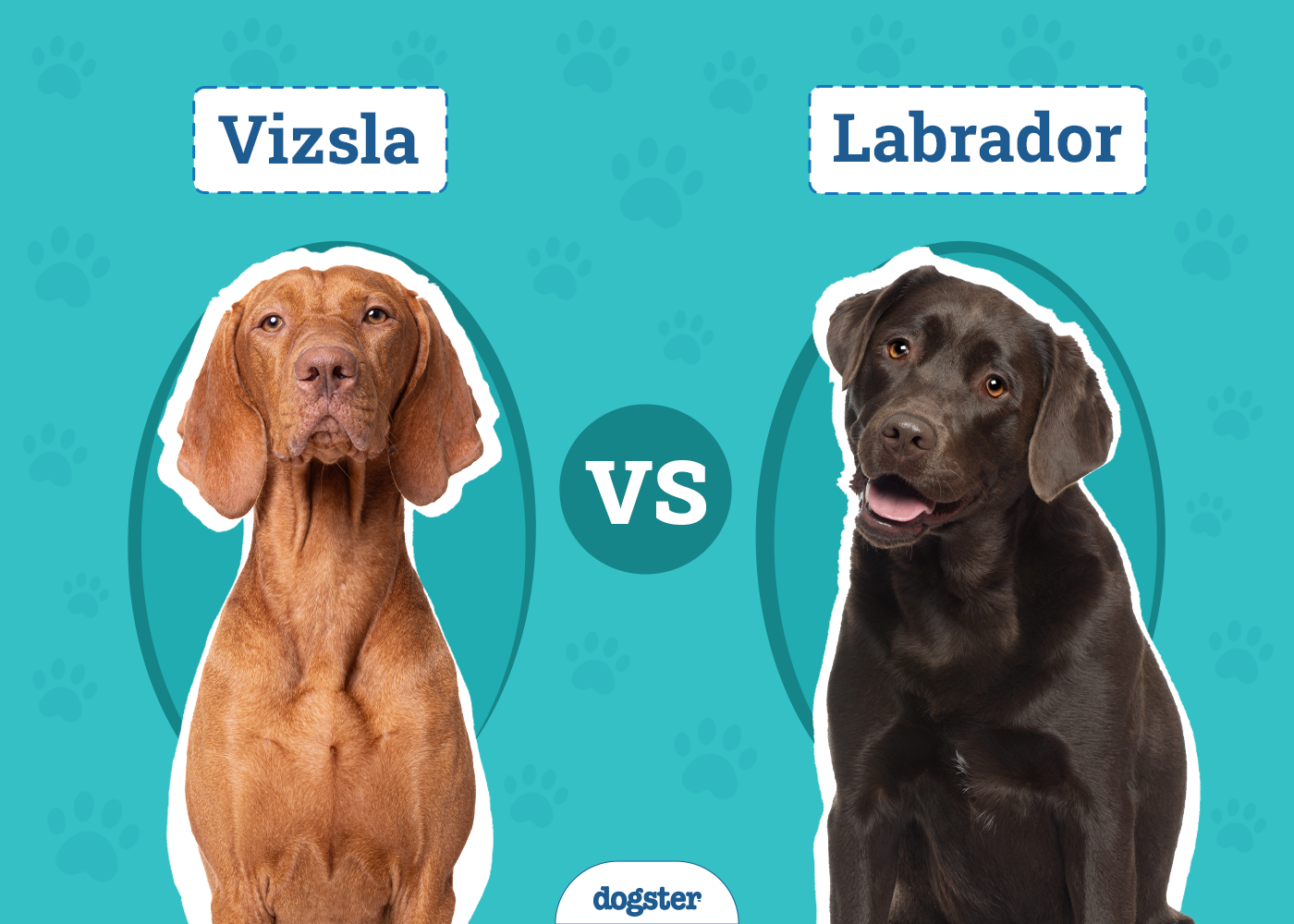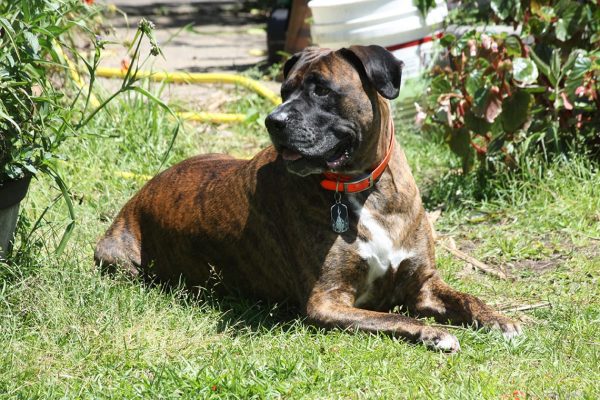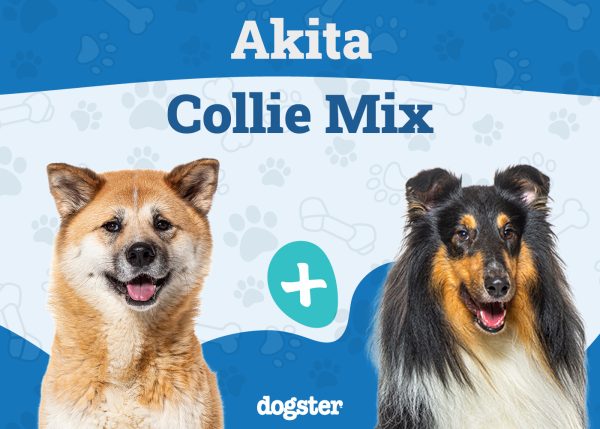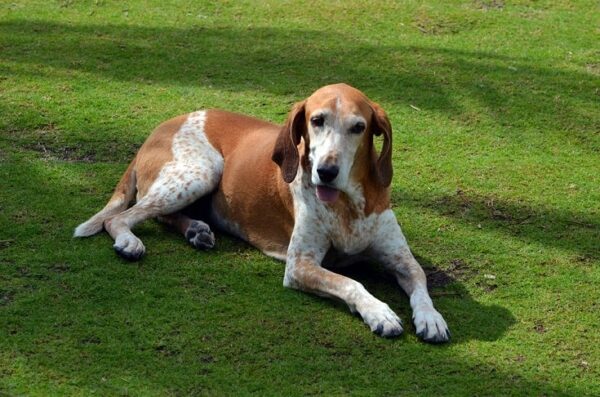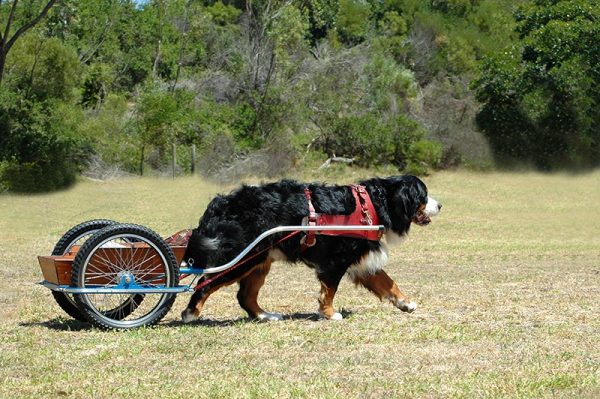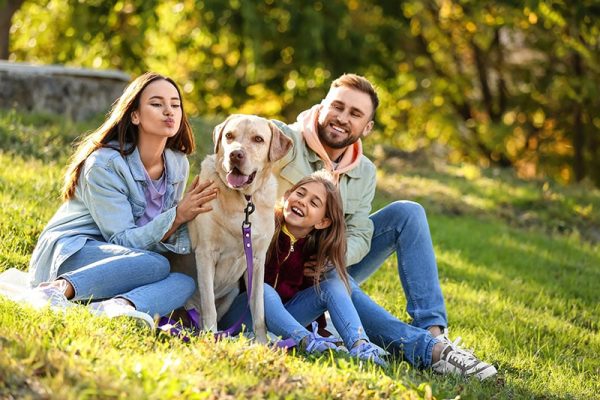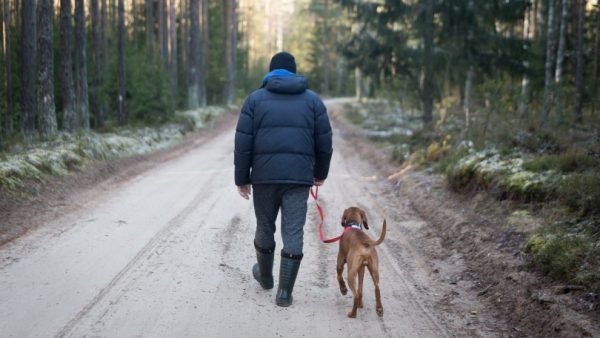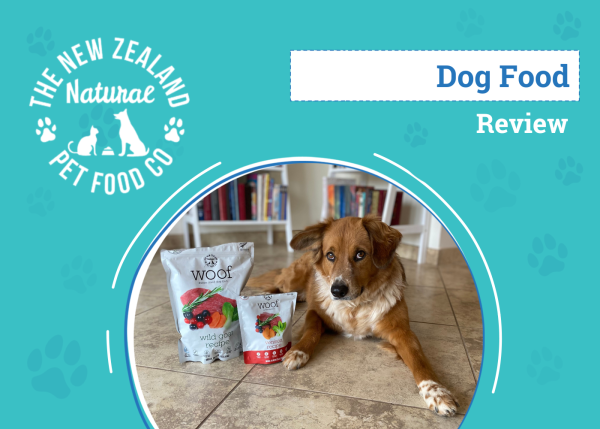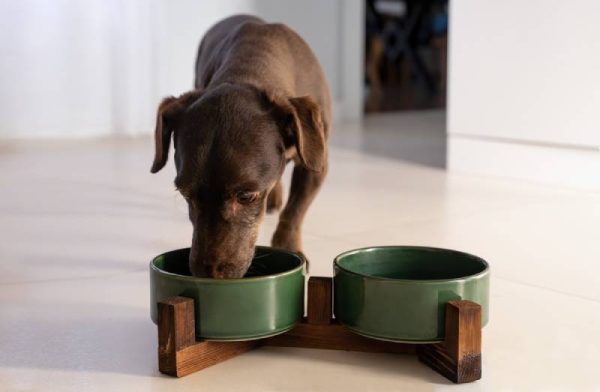In this article
View 3 More +Both the Vizsla and the Labrador Retriever are popular hunting dogs and household pets. However, they have different personalities and temperaments that should be considered before you decide which breed is the right pet or hunting companion for you. The best way is to compare the two breeds to one another head-on!

Visual Differences
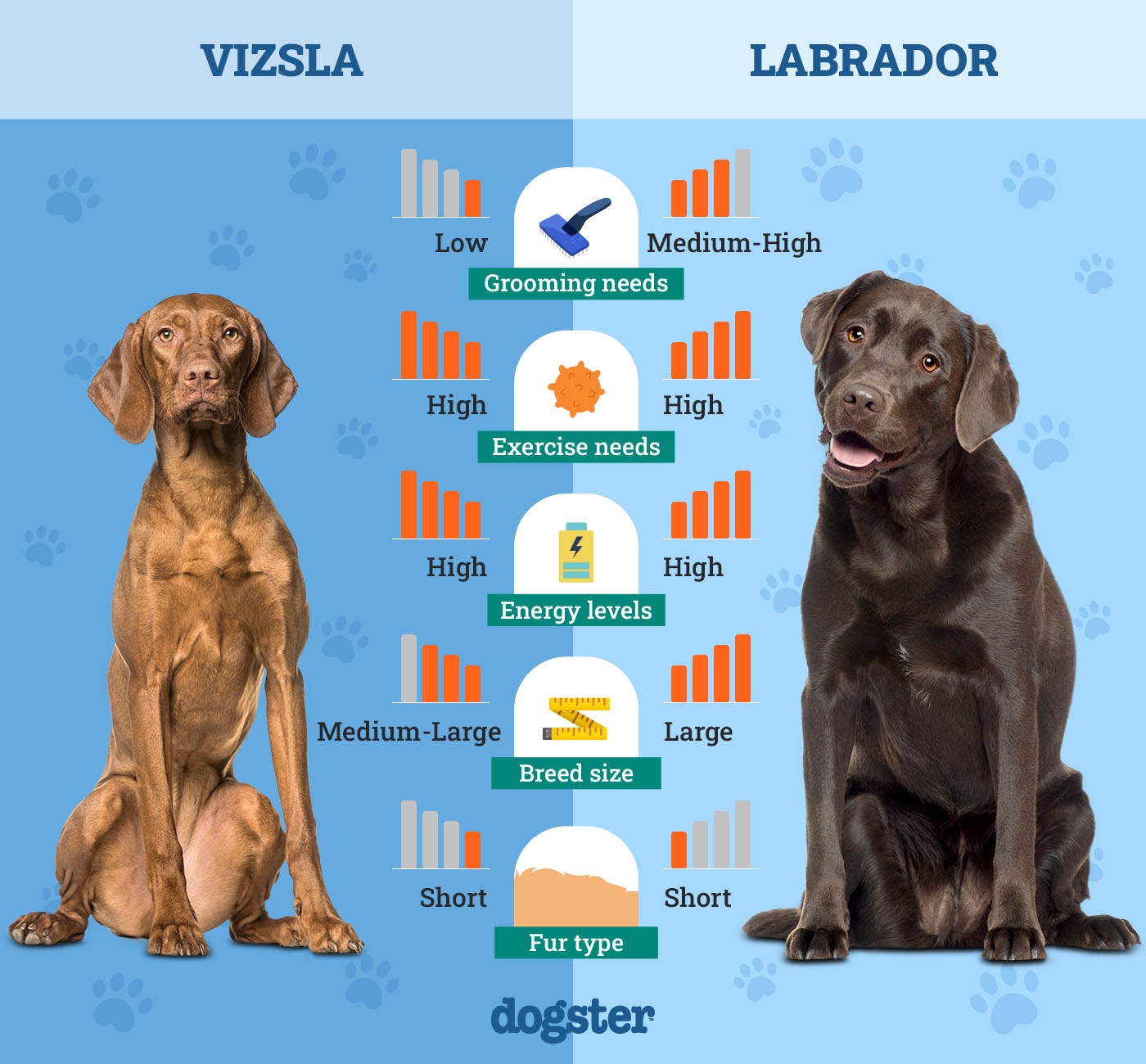
At a Glance
- Average height (adult): 21–25 inches
- Average weight (adult): 40–65 pounds
- Lifespan: 12–15 years
- Exercise: 2+ hours a day
- Grooming needs: Easy
- Family-friendly: Sometimes
- Other pet-friendly: Sometimes
- Trainability: High
- Average height (adult): 22–24 inches
- Average weight (adult): 55–80 pounds
- Lifespan: 10–12 years
- Exercise: 1+ hours a day
- Grooming needs: Moderate
- Family-friendly: Yes
- Other pet-friendly: Often
- Trainability: High

Vizsla Overview

The Vizsla is a strong dog originally developed as a sporting breed. Their ancestors are thought to have been imported into Hungary over 1,000 years ago. They are excellent hunters that can perform well as pointers and retrievers, and they’re similar to Labradors in that sense. The breed was developed on the open plains of Hungary, which resulted in a hardy dog that is agile and cautious.
Personality / Character
The typical Vizsla has an outgoing personality and high energy levels that make them seem ready to go no matter what’s happening. These happy-go-lucky dogs do not like being left alone for long periods and need physical and mental stimulation each day to stay happy and healthy. Vizslas tend to be people-oriented and playful, which makes them a joy to spend time with. They are also naturally boisterous, which can be a problem when they’re around young children, as accidents and injuries are possible.
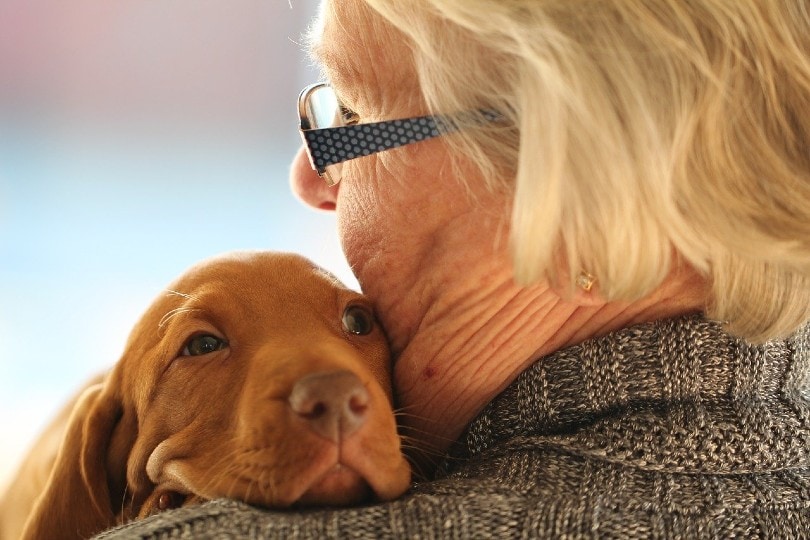
Training
Training is extremely important for a Vizsla. These smart yet strong dogs need direction, so obedience training should start as soon as they are brought home for the first time. Without obedience training, Vizslas can become overbearing and hard to manage, especially in social situations. Socialization should also begin immediately to ensure that aggression does not develop toward strangers and other animals.
Vizslas perform well on the agility course and can be trained to compete in the sport. Also, Vizslas are great candidates as hunting dogs, and training for the job should be as easy as obedience training.
Exercise
Vizslas are not pets for the weary since they have plenty of energy and require at least 2 hours of exercise daily to stay healthy, happy, and mentally satisfied. They should receive long daily walks around the neighborhood and through parks. They also enjoy rigorous hikes, camping adventures, time at the dog park, and running alongside a bike rider or jogger as other forms of exercise. Without proper exercise, the average Vizsla will become bored, destructive, and even depressed.
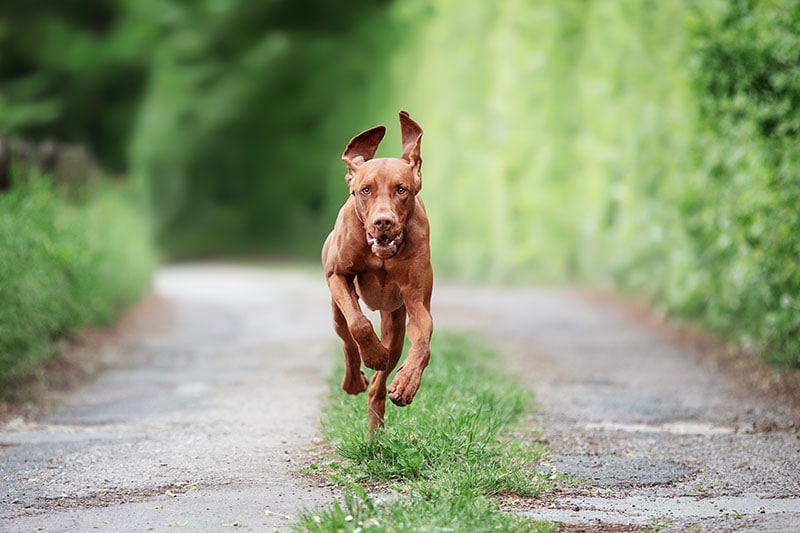
Suitable For:
The Vizsla is a great pet for singles, hunters, and families with older children. Their abundance of energy and vigorous personality can result in accidents and injuries when they spend time around younger kids. They can get along well with other animals in their household, but they should be exposed to them while still puppies for the best results.

Labrador Retriever Overview

St. John’s Water Dogs were imported into Britain sometime in the 1930s, and the breed was then used to reproduce with British hunting dogs to create the breed that we know as the Labrador Retriever today. They have broad chests, agile legs, and short coats that protect them from rain, snow, and sun. Labrador Retrievers are natural hunting dogs, just like Vizslas. They love the water and enjoy spending as much time with their human companions as possible.
Personality / Character
The Labrador Retriever typically maintains a cheerful disposition and animated personality. They have plenty of stamina, which makes them the perfect play pal for kids. Labradors are known for their high intelligence and curious personality, and they like to keep busy with activities and adventures. These social dogs don’t mind meeting new people and follow their companions around the house when they don’t have anything better to do. They are also great snuggle partners when it’s time to curl up on the couch for movie time.
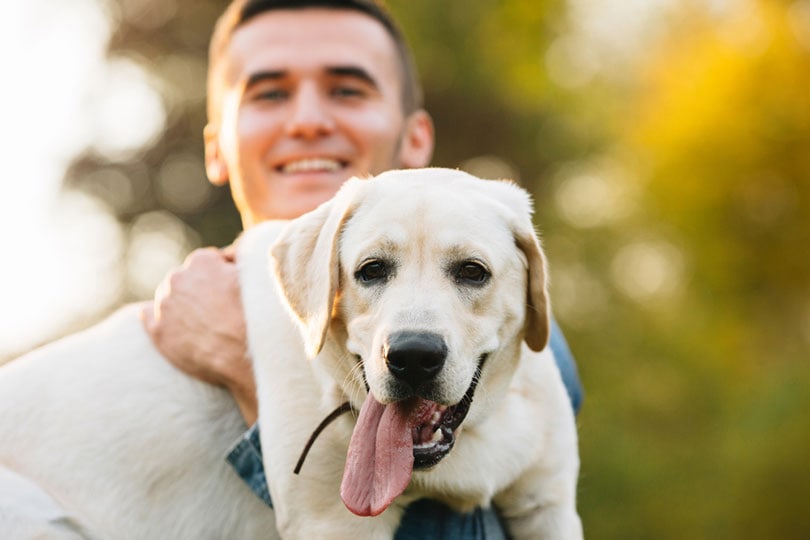
Training
Like the Vizsla, the Labrador Retriever requires obedience training to maintain a happy, healthy, and structured life. They can start obedience training as early as 8 weeks old and should quickly pick up commands like “come,” “sit,” and “stay.” Labradors can also learn how to participate in agility courses, but they are not as agile as Vizslas. Training a Lab for hunting is a popular pastime for those who enjoy the sport. When it comes to training, the Labrador Retriever and Vizsla are incredibly similar.
Exercise
Labrador Retrievers are active, though not quite as much as Vizslas. Therefore, they don’t need as much daily exercise for health and happiness. An hour of exercise each day is enough. The bulk of a Labrador’s exercise should be in the form of vigorous walks, but swimming is another option to consider because they love water. Labs also enjoy hiking, playing fetch, and spending time at the dog park.
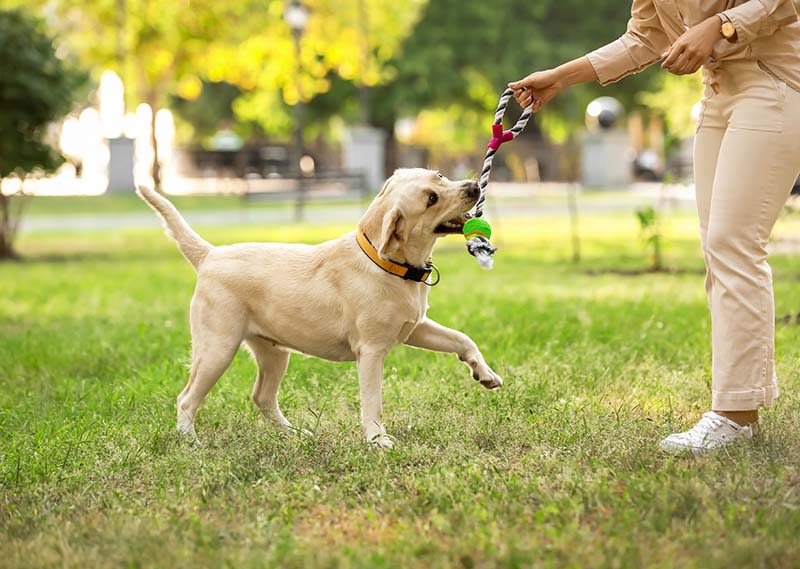
Suitable For:
Labrador Retrievers are great family pets for households of all shapes and sizes. They get along well with kids of all ages and do great in single-adult households. They can live in apartments or houses but need daily access to outdoor spaces for fun and exercise. They can also get along well with other pets in the household, and they love to meet new dogs while out in public settings.

Which Breed Is Right for You?
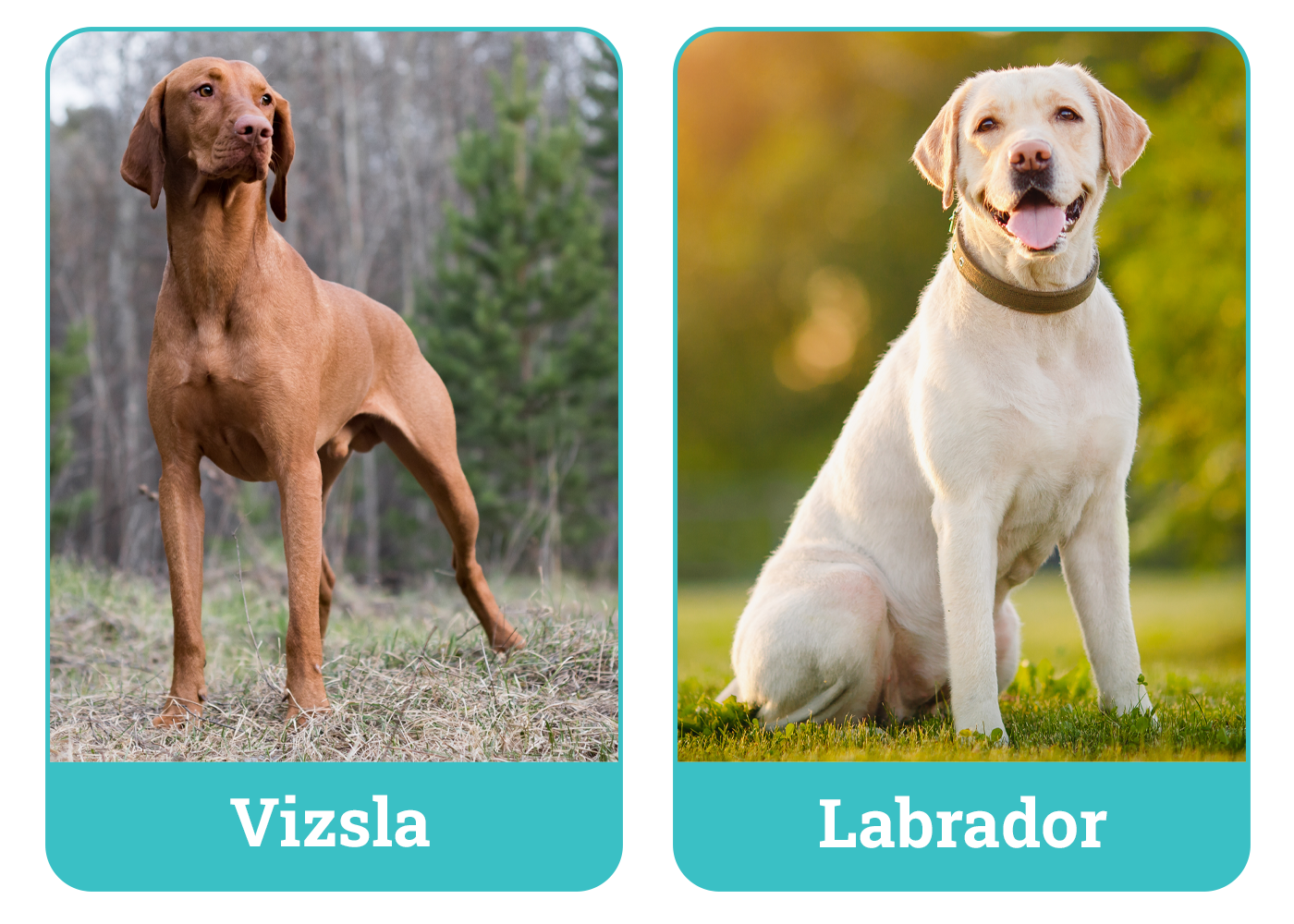
Choosing between the Vizsla and the Labrador Retriever comes down to your lifestyle, household circumstances, and the type of companion you’re looking for. If you’re highly active and want a dog to spend time with while adventuring outdoors, the Vizsla might be the right breed for you. If you’re looking for a family-oriented dog that requires less exercise, consider the Labrador Retriever. Both are great companions for hunters!
Featured Image Credit: Top – Vizslafotozas, Pixabay | Bottom – Henry Ravenscroft, Unsplash
